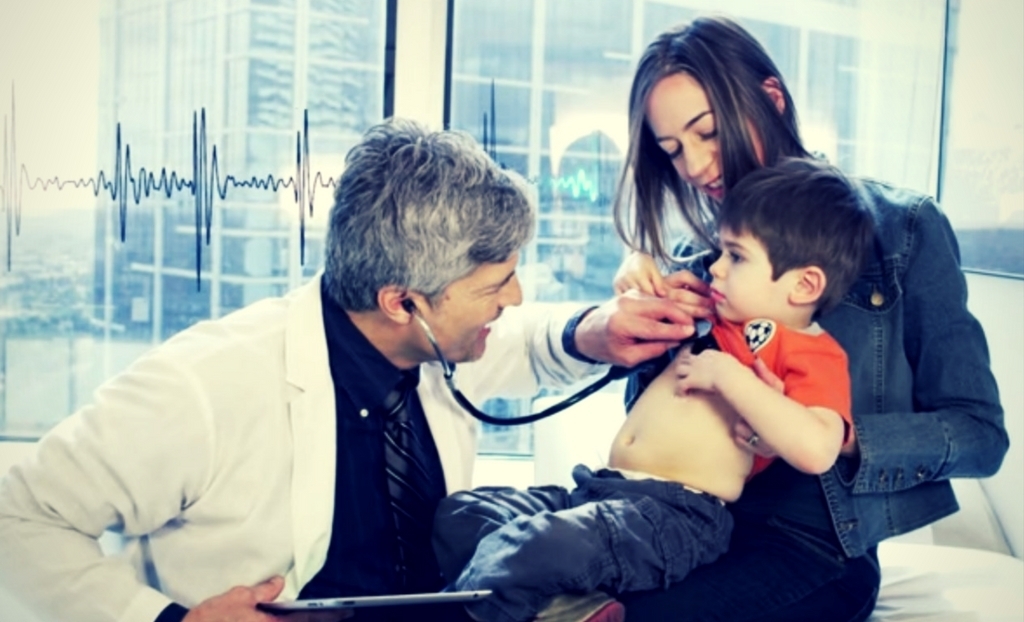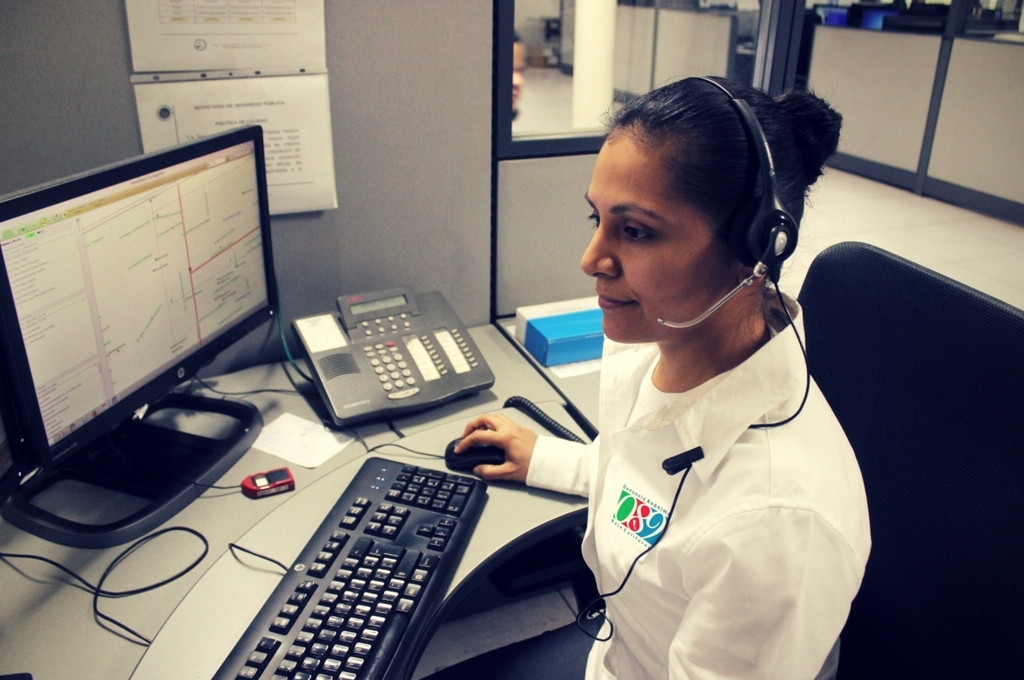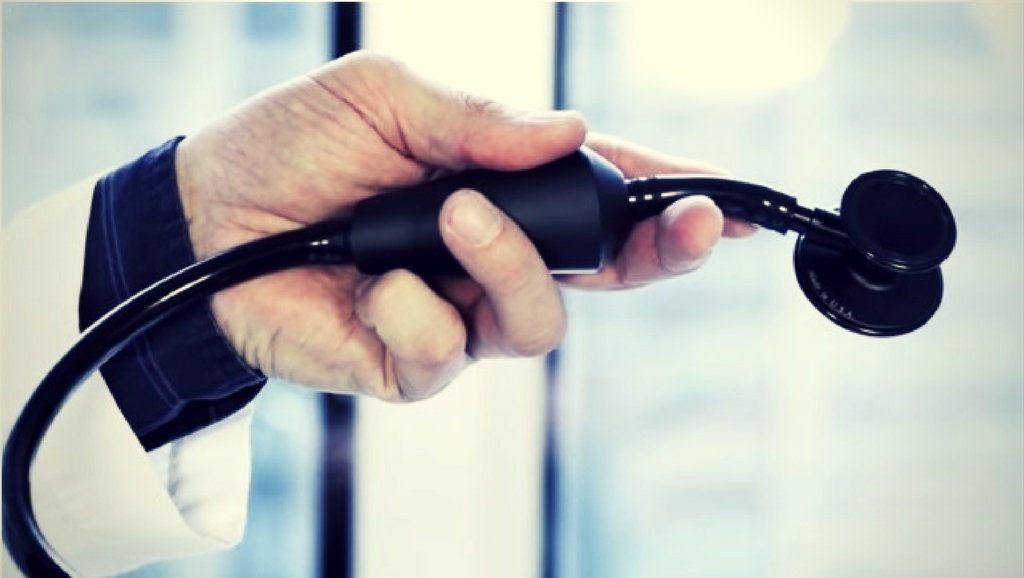The Internet of Things is transforming healthcare and caregiving.

We will review several elements:
- How IoT is offering new opportunities for healthcare and caregiving
- What smart health solutions exist now to improve patients’ care.
The Internet of Things is expanding rapidly. The idea originated in the 1990s, and since has become an intelligent ecosystem that has gained attention among the largest technology manufacturers in the world: Microsoft, GM, IBM and Cisco Systems, to name a few. IoT device manufacturing and software distribution is experiencing a 23% annual growth rate.
IoT has enabled the connecting of information between devices and individuals on a local and global scale. Fitness trackers and voice-activated assistive devices such as Amazon Echo and Google Home have already become part of daily life.
Of paramount interest and the fastest growth area in creating new IoT products are centered around healthcare and caregiving. By 2020, 117 million Americans are expected to need assistance of some kind, yet the overall number of unpaid caregivers is only expected to reach 45 million and paid caregivers 5 million, leaving a tremendous need for technology to help ease the shortage.
How IoT will transform the healthcare industry

IoT devices, if properly used compliantly, will reduce the costs for patients and improve the overall quality of services provided by medical staff. The variety of available sensors along with the cross-device connectivity technology allows the capture, maintenance and automatic processing of patient data, lowering the chances of making a mistake, and offering prophylactic medical assistance to increase the chances of good outcomes.
The greatest advantage that IoT has to offer healthcare and caregiving is the prevention of human error resulting in incorrect diagnosis, lack of rapid response and mistakes that result from inadequate attention. IoT is capable of specifically providing precision for the elderly, disabled and veterans in need of supervision.
IoT technology for healthcare and caregiving provides:
- Collecting, sharing and analyzing health data received from health monitoring devices
- Better prophylactic treatment based on real time data
- A wider reach for healthcare and caregiving providers
- Transmission of emergency notifications to family members and physicians
- Tracking treatment results and sharing big data analysis with other healthcare professionals.
Accenture Health Research estimates that the total value of smart solutions for IoT in the medical and healthcare industry will reach $163 billion in 2020. The survey has also estimated that with proper IoT implementation, healthcare providers could achieve more than 40% in cost savings in wellness and prevention programs.
IoT health tools and devices

The Internet of Things has allowed individuals or their caregivers the ability to monitor their own health and make lifestyle changes that improve their overall physical and mental well-being. This highly-personalized feedback is unique to each user and the assortment and types of IoT devices are growing non-stop, demonstrating a surge of new solutions to various daily needs.
- Wearables (wireless bands).
IoT in wearables is bifurcating into wellness and prevention, and health monitoring for individuals with chronic states who are staying at home.
These devices generate precise and detailed information about an individual’s basic physical state (e.g., blood pressure, heart rate, oxygen rate, temperature), and send data to a smartphone app or directly to a doctor’s office. The Internet of Things in healthcare offers wearable devices that use ultrasound to send data and provide buttons that activate emergency medical assistance.
- Speaking medical apps and devices.
Apps and devices can remind patients to take medicine or update a prescription. Training regimens and advice are often included in the devices for certain medical procedures.
- Cloud-based platforms.
Cloud platforms establish cross-device connectivity and integrate smart features and collection of big data into medical software systems and equipment. The emergence of more wireless devices to collect and store clinical data will assist in learning and the development of more helpful devices.
- Smart sensor-enabled products.
Sleep, which along with diet and exercise are the primary drivers of good health. Sensor-based mattresses will track your breathing and heart rate overnight, while IoT connected toothbrushes will monitor the duration and brushed areas and will analyze and teach more effective cleaning techniques.
Smart IoT devices allow a user to set ideal sleep targets, measuring sugar, weight, carb and fat intake to manage Stage 2 diabetes, track mood swings and offer breathing and other relaxation skills to reduce stress levels. Even something as routine as a basic checkup with your physician has already been improved and made accurate more than ever.
How a smart addition to a stethoscope can help with a basic health checkup

A stethoscope, with the capability of providing precise information to your doctor, and saving the results for comparative future reference about lung and heart sounds is a big step forward in healthcare.
Smart healthcare is improving daily. Tools are already approved and in use. Shortly, an appointment with a doctor will include the use of a digital stethoscope that records the slightest sound in your lungs and heart.
The Elko Core is a digital stethoscope that switches between acoustic and digitally amplified sound and enhances the sound quality, making it clearer for a doctor to hear and diagnose. The device has been certified to be HIPAA-compliant, FDA cleared and has been featured in The New York Times, Forbes, CNN, Washington Post, and TechCrunch.
http://www.youtube.com/watch?v=qnM_dZVTQPg
Smart devices have their own user interfaces, and the data can be viewed immediately in numbers or charts. Mobile apps provide an easy solution for delivering information to patients and doctors simultaneously.
For the Eko Core, our team members developed an Android app that wirelessly connects to a stethoscope, records the sound, creates phonocardiograms with playback, adds notes for specific regions of the chest or back, and securely shares this information with a doctor and patient. The app can be installed on a smartphone or a tablet and allows a patient to access personal information.
Embracing digital technology to solve healthcare needs in the future is an essential step in reducing the number of human errors and will subsequently improve healthcare and caregiving efficiency.
The Eko Core demonstrates that a smart device is not necessarily a new and complicated solution, but rather an improved version of an existing tool, adding advancing technology to an age-old process.
Content created by our partner, Onix-systems.
 Home
Home